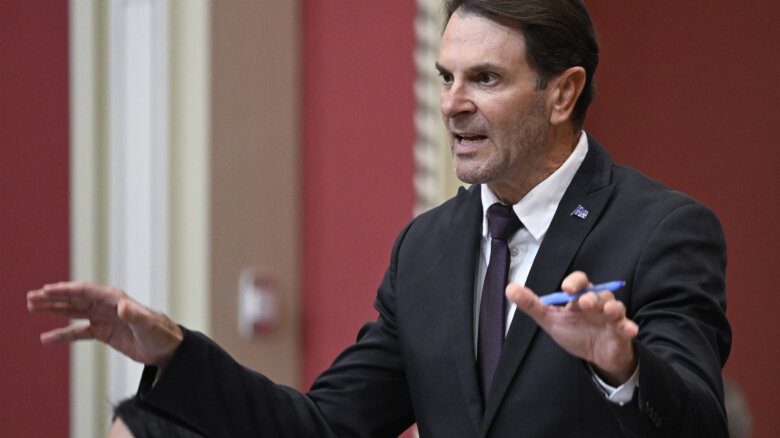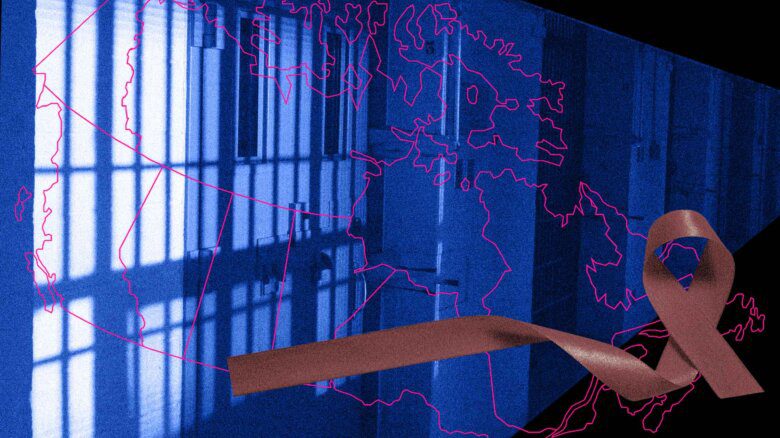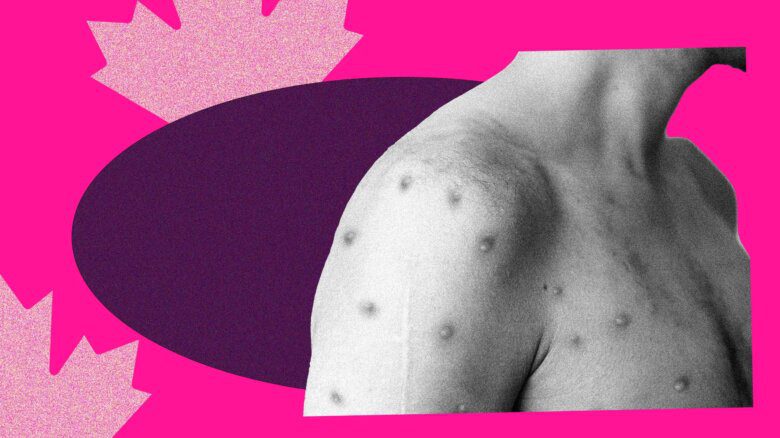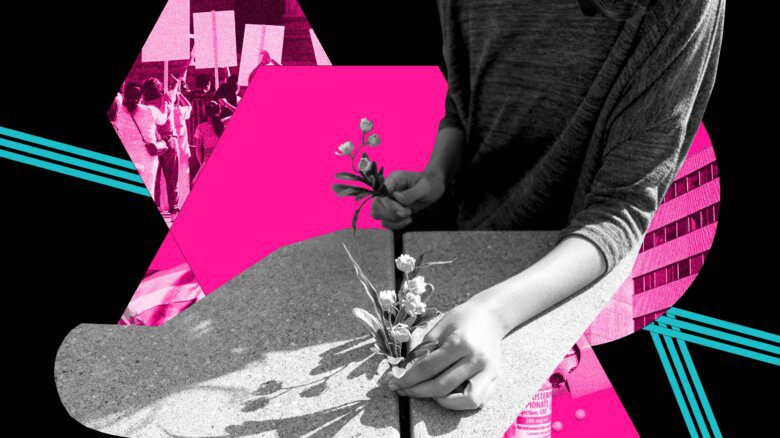Brandon Howse started smoking at 16. Cigarettes were a distraction, a way to cope with stress. “Smoking was an escape” from uncomfortable social situations, they recall. “I didn’t feel right, but I didn’t know why.”
Howse now understands that these feelings have a name: gender dysphoria. Shortly after they started smoking, Howse came out as trans. Being a young, trans person in Calgary meant supports were particularly hard to find, and quitting smoking alone felt impossible. Only once did Howse seek support outside of their friend group — their family doctor “pretty much told me to quit cold-turkey,” a task that felt insurmountable.
Instead, Howse began using smoking as a crutch. The more stressed they were, the more they smoked — three-quarters of a pack at the height of their addiction. It helped alleviate anxiety, they say. But it also helped them feel “more like a normal person, rather than an alien from another planet.”
Smoking even helped Howse feel more at home in their new identity. When they first came out eight years ago, “the trans community was much more influenced by toxic masculinity. I remember joining my very first support group and being put down for not wanting to have bottom surgery and wanting to have kids.” Smoking was a way to perform as more male and to fit into that culture — it even gave them a feeling of “gender euphoria.”
Howse now knows their tobacco use was tied to their coming out, and wishes there was more awareness and acceptance of transgender identities, especially when they were young. “Honestly, if I had known back then that ‘trans’ even existed, I probably wouldn’t have struggled so much,” they say.
“Howse began using smoking as a crutch. The more stressed they were, the more they smoked”
For many LGBTQ2 folks like Howse, smoking is an everyday reality — and research has found their tobacco use is much higher than that of the general population. Currently, about 15 percent of Canadians smoke; by comparison, rates of tobacco use among LGBTQ2 individuals are between 24 and 41 percent. And those numbers could be even higher — although data collection on sexual and gender minorities is slowly improving, there are often gaps due, in part, to a lack of inclusive questions on surveys or a reluctance to answer questions of a sensitive nature. That means the realities of plenty of LGBTQ2 smokers go unreported.
Canada’s Tobacco Strategy, launched in 2018 to reduce overall smoking rates to less than five percent by 2035, says it specifically targets LGBTQ2 communities for intervention, but it’s short on specifics. Critically, nowhere in the strategy’s hopeful rhetoric are the realities of stigma, homophobia and transphobia mentioned.
That lack of specifics is especially troublesome after the House of Commons Standing Committee on Health presented the federal government with 23 wide-ranging recommendations following four months of studying LGBTQ2 health. One of those recommendations is to meaningfully include queer and trans realities in the tobacco strategy. The most profound aspect of this report is its focus on social, legal and intersectional factors as key determinants of queer health. Any effort at reducing LGBTQ2 tobacco use — or any other health disparity — needs to be immersed in these realities.
That leaves researchers and health organizations to fill the gaps.
“We know that the [health] disparities are higher,” says Devon MacFarlane, director of Rainbow Health Ontario (RHO), a queer- and trans-specific program at Sherbourne Health that also finds higher rates of LGBTQ2 tobacco use compared to the Canadian average. “What we’re understanding is those [rates] are driven by problems in society, which get acted out at an individual level.” MacFarlane says stress is created by “social problems around homophobia, around transphobia, around racism — all the intersecting factors that affect our communities.”
Sexual and gender minorities are also more likely to be diagnosed with tobacco-related cancers, according to research compiled by RHO. “It’s not like there are special forms of lung cancer. There isn’t rainbow cancer,” says Aaron Purdie, associate director of Programs and Interventions at the Vancouver-based Health Initiative for Men (HIM). “Smoking itself isn’t more dangerous for queer people, but we are more stressed, and more poor.” The combination of risk factors, as a result, can contribute to a higher chance of cancer diagnosis.
Last year, the Stigma and Resilience Among Vulnerable Youth Centre released the results of a national health survey on trans youth in Canada, which also found that tobacco use was higher among trans and non-binary young people. What executive director Elizabeth Saewyc wasn’t expecting to see so clearly was the direct link between minority stress and tobacco use. The minority stress model, Saewyc explains, finds that stress can create physical and mental health problems among sexual and gender minorities.
“Experiences of violence and discrimination, from family rejection, negative comments about you and people like you, actual verbal abuse and harrassment, all the way to physical assaults and threats — these are all things that LGBTQ2 young people experience more than their heterosexual, cisgender peers,” Saewyc says. As a result, some turn to nicotine to cope with negative feelings, or as a way to find belonging. “The more types of violence that you experienced in the past year — bullying, cyberbullying, sexual harassment, family violence — the higher the odds that you smoked in the past months.”
“Smoking itself isn’t more dangerous for queer people, but we are more stressed, and more poor”
But minority stress is not fate for queer communities. The best protective factors, Saewyc says, are “family connectedness, school connectedness and having friends that care about you.” But Aaron Purdie says that, in addition to looking upstream toward the protective factors, more immediate action is needed to help sexual and gender minorities. Resources can be deployed to combat advertising and cigarette dispensers in bars targeted toward queer men, for instance, which serve to firmly embed smoking in the community. “We want to speak in their language, wherever they’re at, replace the forces that might be marketing cigarettes and beer with marketing about health and wellness,” he says.
Bruce Baskerville, an applied public health science specialist at Public Health Ontario, has also been focusing on the lack of LGBTQ2-specific tobacco interventions. Last year, he and his colleagues ran focus groups of LGBTQ2 smokers aged 16 to 25 in Toronto and Ottawa to test a variety of interventions. Their findings were straightforward: participants valued interventions that were safe, community-driven, accessible, peer-supported and reflective of diversity. They also wanted interventions to go “beyond talking about quitting to dealing with some of the other issues that were going on within the community.” Those include diversity and intersectional identities such as ethnicity, as well as sources of stress like homophobia and transphobia.
The researchers, along with a group of organizations that include RHO, have submitted a proposal to the Public Health Agency of Canada to create a social media campaign based on these findings. There have been some regional examples: the Toronto-based One Day/Day 1 campaign created by Toronto Public Health and Leave the Pack Behind both provide barrier-free supports to help LGBTQ2 young adults quit smoking and raise awareness of tobacco use in the queer and trans community. (In May, Leave the Pack Behind was defunded by Doug Ford’s government.)
“The more types of violence that you experienced in the past year — bullying, cyberbullying, sexual harassment, family violence — the higher the odds that you smoked in the past months”
But Baskerville’s project would be Canada’s first evidence-based, national smoking cessation campaign for LGBTQ2 young adults. By addressing the social determinants of health for queer and trans individuals and providing culturally competent supports, the campaign could represent one more step towards health equity in Canada.
These are supports Brandon Howse could have benefitted from years ago. It’s been eight years since they began smoking and Howse, now 24, has “mostly quit” — although they still smoke on occasion, it’s rare. They attribute this accomplishment to being in a supportive relationship, and to the birth of their daughter last year. “Parenting changed my relationship to smoking because now that I have another life to take care of, I need to give her my best self,” Howse says.
Howse has also received much of the trans-related care they needed as a teen. They’ve undergone gender-affirming surgeries, and they’re now on testosterone. “Transition helped,” they say.
Howse is proud that they no longer need tobacco to cope with stress. But addressing the sources of that stress — being a minority, not having social or medical support, feeling judged — was instrumental to quitting as well. It’s proof that, without understanding what drives LGBTQ2 people to cigarettes, without seeking to redress these factors, any strategy to combat queer tobacco use will just be smoke and mirrors.
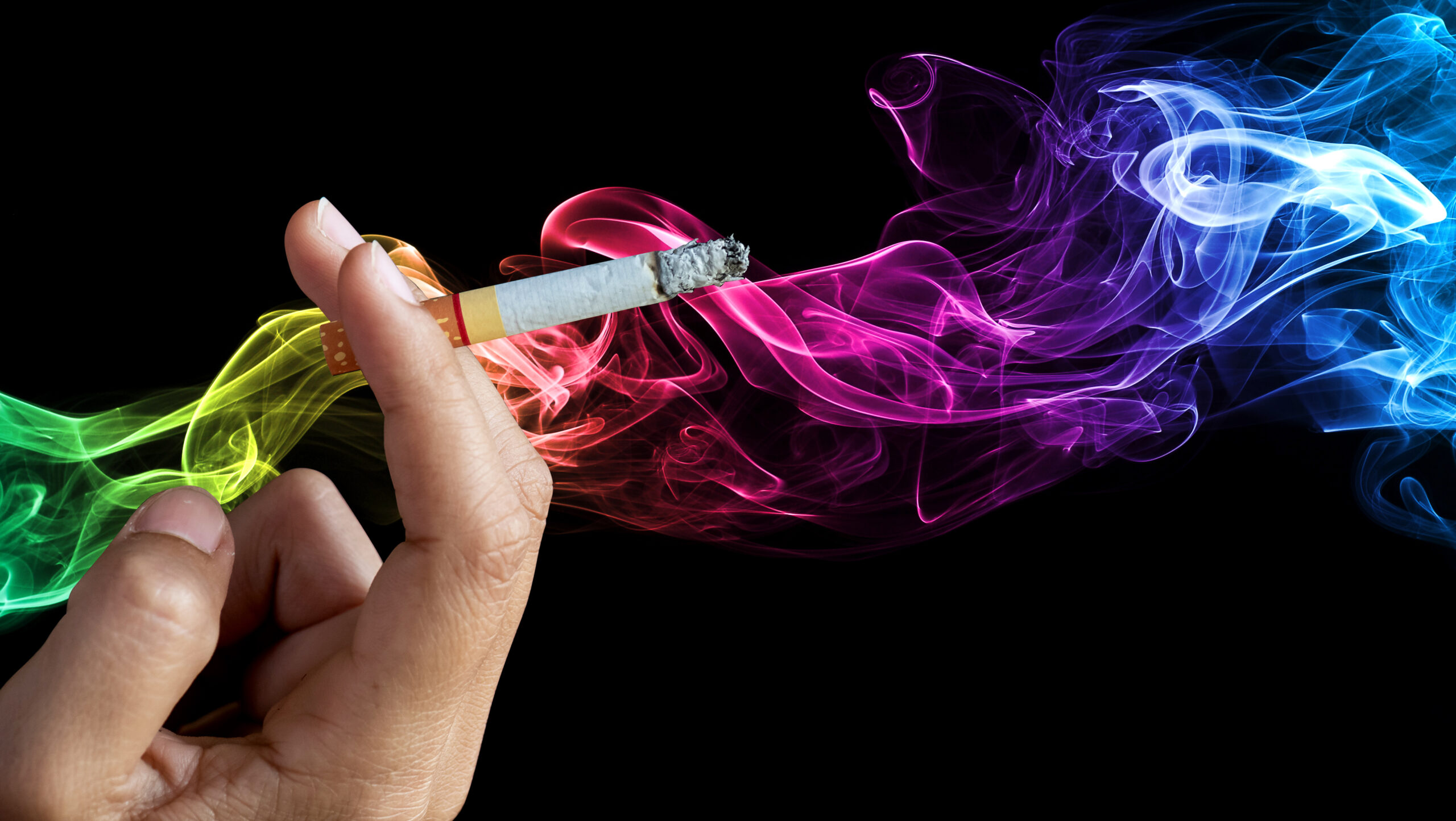
 Why you can trust Xtra
Why you can trust Xtra